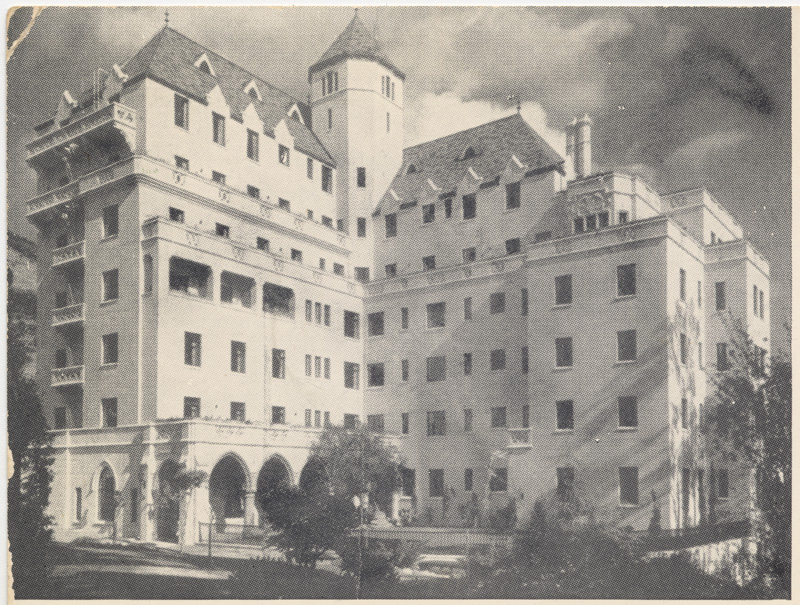For nearly 90 years, as a city and a world have change utterly around it, the famed hotel Chateau Marmont, perched above a famous road in West Hollywood, stands as an unwavering oasis of quiet, gentility, privacy, and bohemian charm — a clubhouse for people too rich and famous to belong to clubs, a bolthole, a trysting place, a recovery room, a hideaway, an opium den, an atelier, a last resort.
A snow-white fairy castle with slate gray roofs, a dozen or so gables, and a dominating turret, Chateau Marmont sits on a hill overlooking one of Southern California’s busiest and most legendary streets and has appeared, from the day it opened, as if it came from another world entirely.
“The Chateau is a fluke, a marvelous fluke,” according to the architecture critic Edgardo Contini. “In the midst of endless low-rise, it is a striking high-rise, like a cathedral in a medieval town.”
And its singular appearance houses an equally singular history. From Greta Garbo to Howard Hughes, Bette Davis to Marilyn Monroe, Jim Morrison to Tony Randall, Johnny Depp to Lindsay Lohan, Chateau Marmont has drawn the most iconoclastic and outlandish personalities from the worlds of film, music, and other creative arts. It has been the site of wild parties and scandalous liaisons, creative breakthroughs and marital breakdowns, one-night stands and days-long parties, famous triumphs and untimely deaths.

Betty Davis 
Jim Morrison 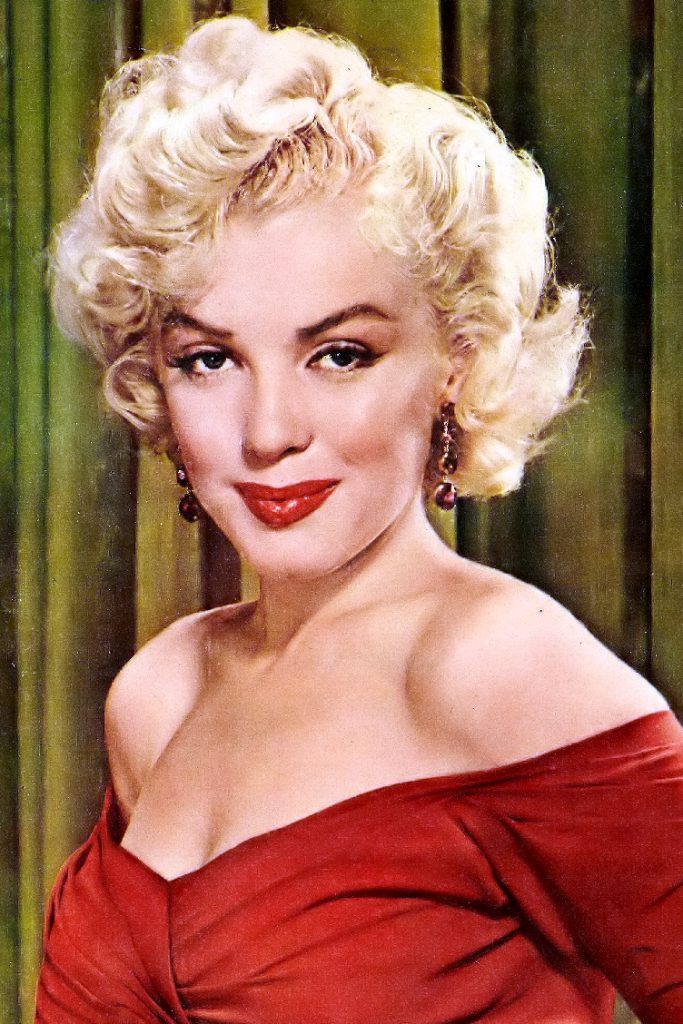
Marilyn Monroe 
Greta Garbo 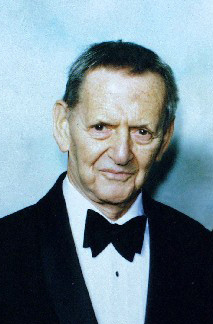
Tony Randall 
Lindsay Lohan
It is built with a mind toward luxury, status, permanence and becomes known for privacy, discretion, transience. It begins as a dream of high living, settles into a steady hum of quiet gentility, then slips into something more like practical value, gradually devolving into shabbiness, nearly becoming a dive, its arc mirroring the rise, plateau, and fall of the neighborhood in which it sits. But the Chateau never loses its place near the heart of the cultural story of the day, even as the tenor of that day changes again and again.
And in the 21st Century, when, by the arithmetic of Hollywood it ought to have become anathema simply by virtue of its age, Chateau Marmont is more robust than ever, chic and glamorous and glowing as never before, lifting its environs along with it into a prosperous new era.
People from all walks of life find in Chateau Marmont a place to get their bearings while navigating the unfathomable depths of Los Angeles or, in particular, the shark-infested shallows of Hollywood. And people who know those waters well rely on the Chateau as a patch of dry land — private, quiet, undemanding, even serene — where they can recuperate, revive, create, cavort, or otherwise behave in ways that they wouldn’t necessarily at home.
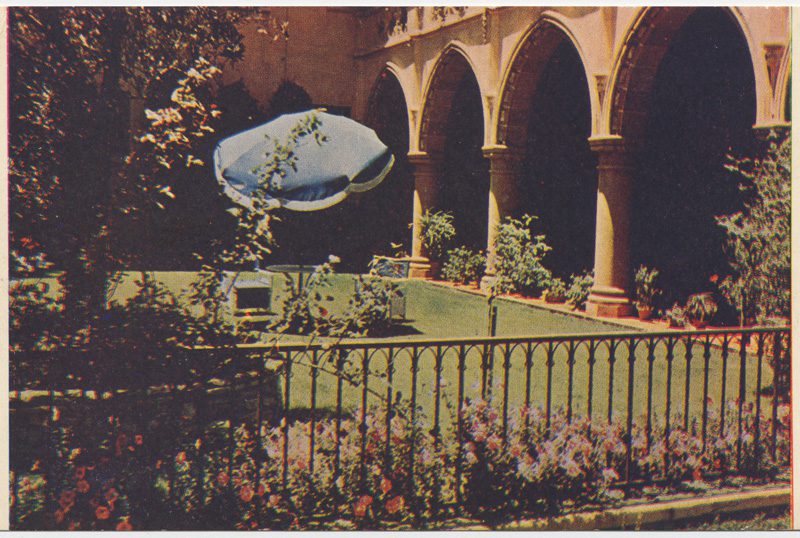
Over the years, the Chateau responds to this need for restorative isolation with tolerance and empathy, doling out comforts through a staff that can be relied upon to say nothing of what goes on before their eyes and under their noses.
“You can have a very, um, elaborate social life there, if you like,” says the actress Geraldine Fitzgerald, “or you can live the nun’s life, very monastic.”
Or, as another frequent visitor puts it, “Just check in at the desk, and nobody ever need see you again. You could die here if you wanted, and they wouldn’t always be bothering you, sticking notes under your door.”
Hollywood has hotels that are more luxurious, handsome, exclusive, and prestigious, with bigger rooms and grounds, with finer restaurants, with shops and tennis courts and day spas and nightclubs and VIP services and other amenities: the Beverly Hills, the Beverly-Wilshire, the Hollywood Roosevelt, the Beverly Hilton, the Bel-Air, and such bygone icons as the Garden of Allah and the Ambassador.
But it has only one Chateau Marmont, its castle on a hill, guarding secrets since before movies could talk or Sunset Boulevard was completely paved. On a curve in the road where the flats of Hollywood melt into the Sunset Strip, it is a place of secrets standing right out in the open, hidden in plain sight like Poe’s purloined letter. Chateau Marmont is the ultimate Hollywood hotel because it is, like Hollywood itself, bigger than life even when it is obviously fake.
_______
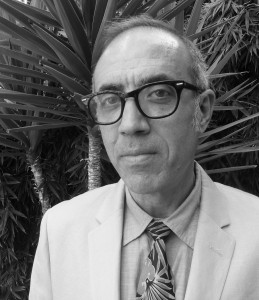
Shawn Levy is the author of The Castle on Sunset: Life, Death, Love, Art, and Scandal at Hollywood’s Chateau Marmont and other books of biography and pop culture history, including the bestsellers Paul Newman: A Life and Rat Pack Confidential.
He is the former film critic of The Oregonian and KGW-TV and senior editor of American Film. Find out more at www.shawnlevy.com.

